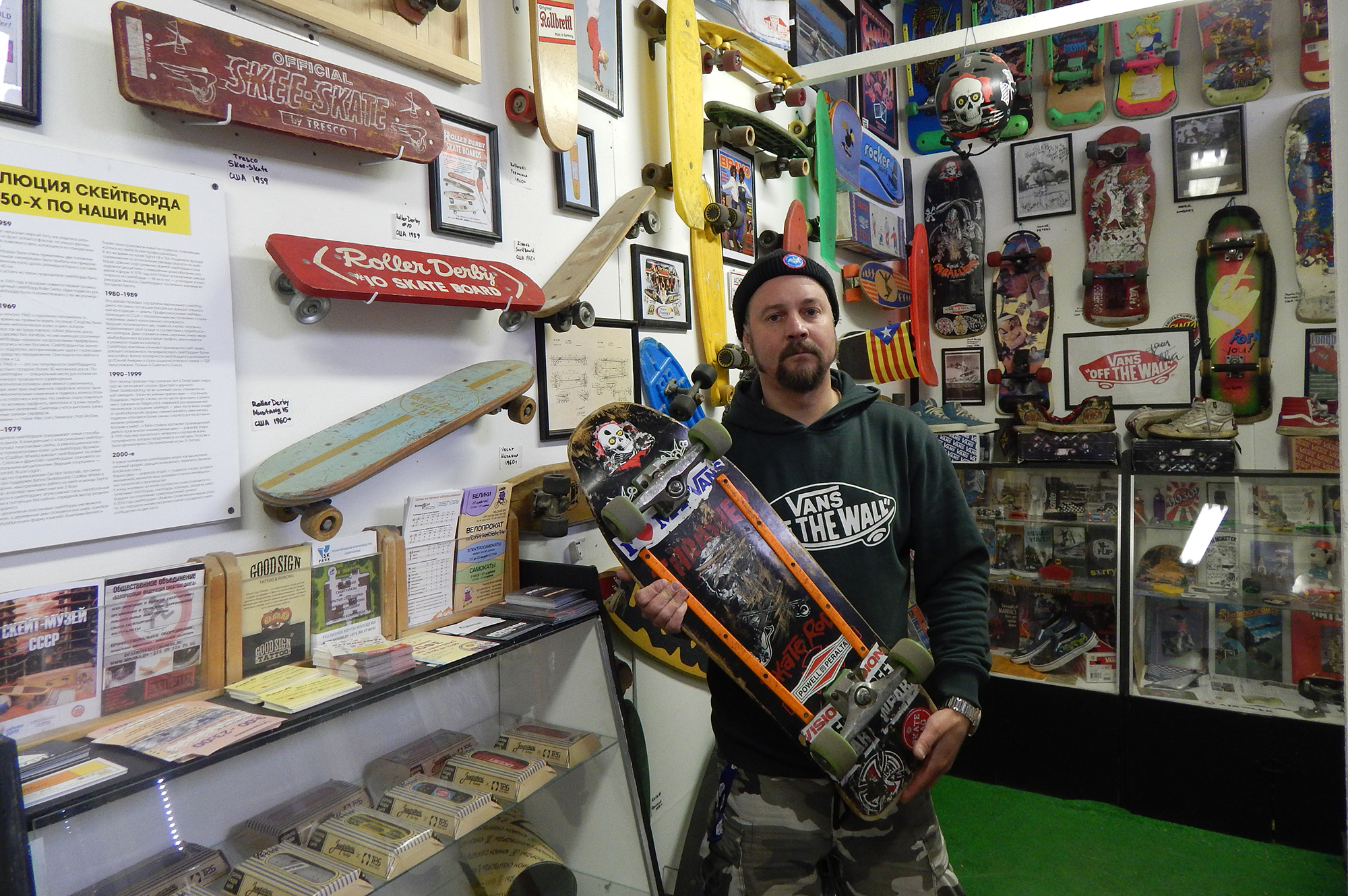
Growing up in Latvia, one of the countries that came up after the Soviet Union broke up in 1991, I heard a lot of stories about life under the USSR. It seemed like something out of a spy movie. People said your neighbors could snitch on you to the KGB if you dissed the party. You could even get arrested for watching Arnold Schwarzenegger movies on the VCR. On the other hand, you could get the best education in the world for free and land a well-paid job. It all seemed too crazy to be real.
When I met Gleb Bentsiovski, an old school skater from Belarus (another post-Soviet state), I realized just how big skateboarding had been in the USSR. Gleb was about 15 years my senior and knew a lot about Soviet skateboarding firsthand, as he’d started skating well before the Iron Curtain fell.
Besides collecting cool boards, he ran a skate shop, taught a skate school, and served as the head of the Belarusian Skateboarding Federation. To really prove his devotion to the skate gods, he also ran the world’s first and only USSR skateboarding museum, Скейт-Музей СССР (Skate Museum of the USSR).
The museum houses what is surely the world’s largest collection of Soviet skateboards and memorabilia, along with exhibits dedicated to Gleb’s other eclectic skate interests. The older I got, and the more of the skate world I experienced, the more I realized that my first board — along with all the other Soviet-era boards in Gleb’s museum — represent a very special segment of skate history.
While skateboarding was getting its start in sunny Southern California, the USSR had almost no access to American cultural output at that time. And yet, skateboarding still took root. Gleb’s experience proves what I think we all know: no matter how you discover it, where you do it, or what you do with it, skateboarding is universal.
(This interview was conducted in Russian and translated later, so bear with us!)

How did you come up with the idea to create the museum?
Back in 2005, I had my first skate shop in northern Russia. I noticed that young people would buy boards and seem to have no emotional attachment towards them. They would break boards and buy new ones just like that. All boards had the same shape, the same trucks, and everything. I thought that I could collect old boards I used to skate back in the day.
The idea was simple: to show the roots of modern skateboarding and where it came from. I think that without knowing the roots it is impossible to grow further. A human can’t sincerely love what he does without knowing what he is doing. Without history it is, simply, brainless activity, physiological processes: just snap the tail, kick the front foot, tear your shoe, break your board, and go get a new one.
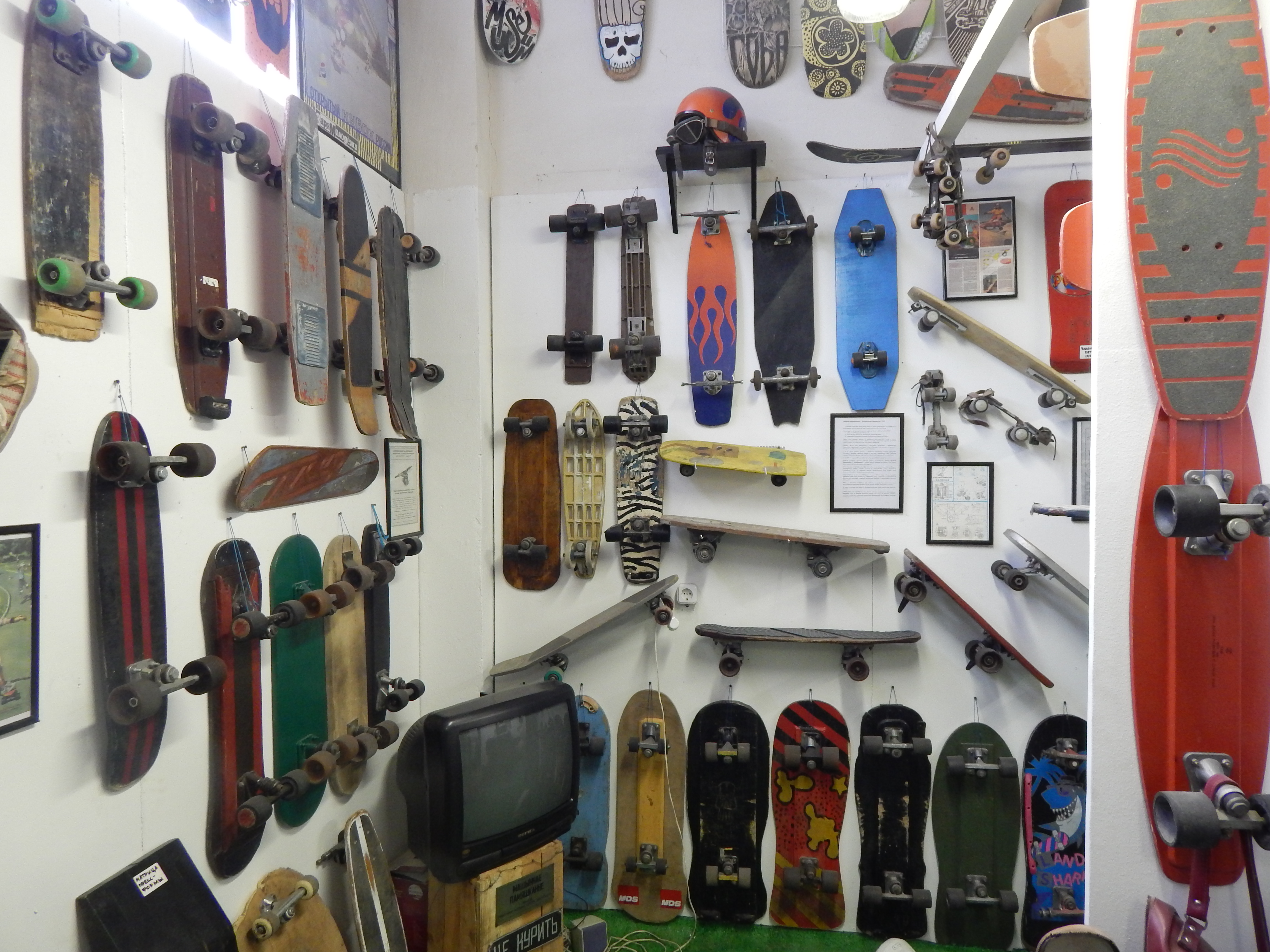
There are a few other skateboarding museums around the world, how is yours different?
There are huge museums in the States, in Moro Bay, and in Skate Lab. Now there is The Skateboarding Hall of Fame. There is also one in Berlin but doesn’t have a permanent placement. That one is more of a collection of artifacts that [curator] Jürgen [Blümlein] takes around the world.
My museum has a different concept. I have a few departments dedicated to certain things. I have a world skate history department, a history of Brazilian skateboarding, the third department is Soviet history, and the fourth is Soviet DIY boards called “Gleaming the Cube,” like the movie. The fifth department is dedicated to art and is called “Skateboarding as an art form.” It has old used boards that were turned into art objects.
The most interesting part is, of course, the skateboarding that existed in our great country! As you know, the USSR was a sealed country, which made skateboarding develop in its specific way. Lack of information and socio-economic differences played a big role in that. I have a lot of artifacts in the museum that illustrate what was happening here and how things grew. In the beginning, I just wanted to collect boards, but as I dug deeper, I understood that without memorabilia and artifacts it would be impossible to showcase the unique path of Soviet skateboarding.
“The USSR was a sealed country,
which made skateboarding develop in its specific way”
How did skateboarding appear in the Soviet Union? Wasn’t information flow sealed?
Despite the Soviet Union’s Iron Curtain, information about skateboarding slipped through via different channels starting in the mid-’70s. My archive has a January issue of a magazine called Science and Life from 1977 which had nothing to do with skateboarding and youth, but had an article mentioning skateboarding – Signal Hill Speed Run!
In 1978, the first manuals on how to build DIY skateboards surfaced. The Soviet government just couldn’t deny the existence of skateboarding; the topic was interesting. And later that same year, in the USSR Estonian Republic in the city called Võru in the air pollution sensor factory, the first soviet skateboard — called Rula — was made. Wheels for it were made in a factory in Bobruisk, Belarus. I went there recently and I found documents where the Võru factory ordered these wheels.
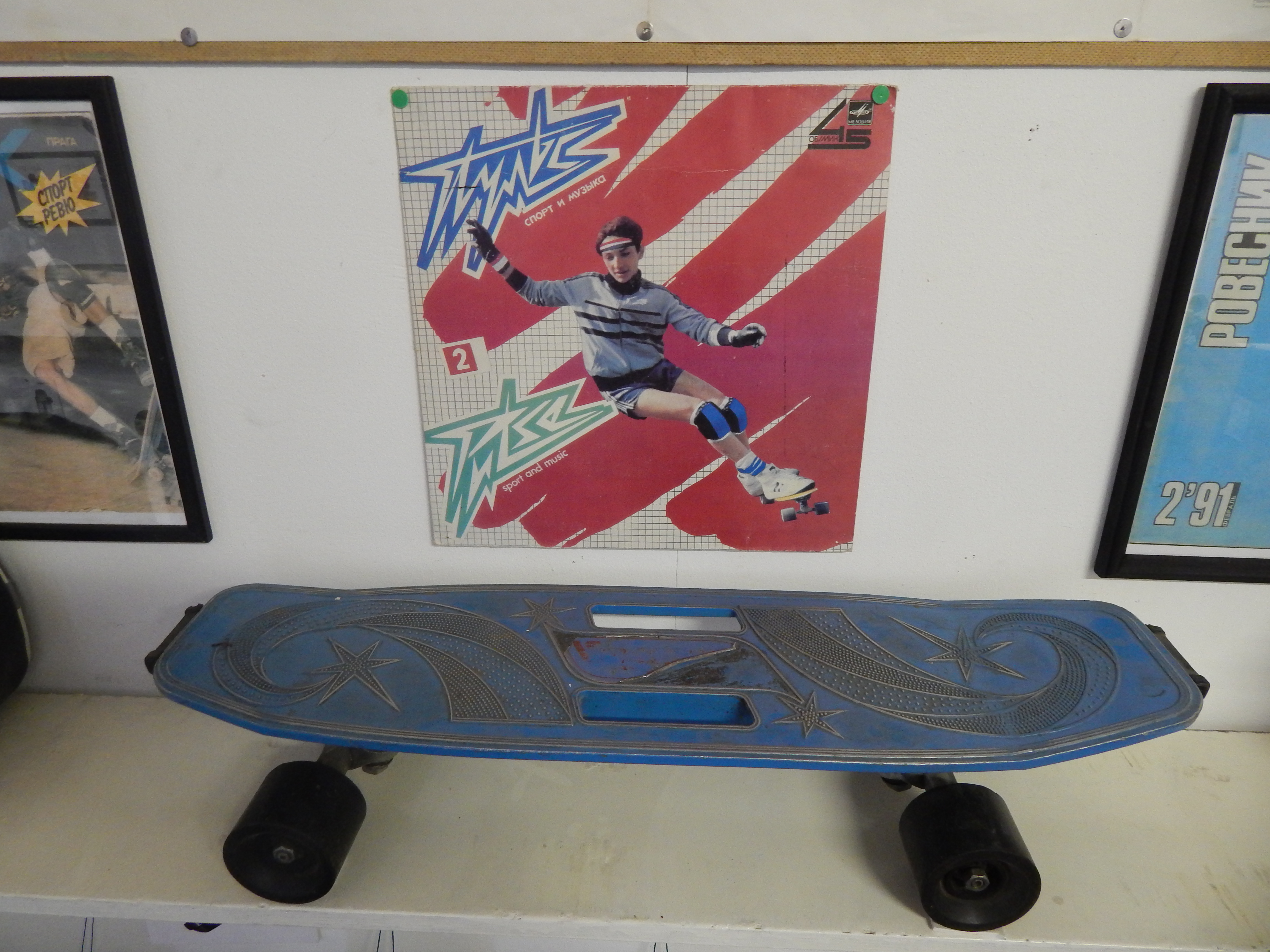
So the first Soviet skateboards were made at some random industrial factories?
Skateboards were made in a lot of USSR factories. Latvia had skateboards, called Ripo, which were made at the Red Star factory in Riga, which also made mopeds. It was the first factory to make polyurethane wheels. Three or four years later other Soviet republics started to make skateboards. In other cities, shipyards and heavy machinery factories were doing it. Every factory used the ingredients at their disposal and that in turn made each model unique. Already in the mid-’80s, there were up to 15 factories that made skateboards.
“In 1978, the first manuals on how to build DIY skateboards surfaced”
But how did the government allow something like that?
The youth was keen and skateboarding was independent of the politics of the country. They just let it be. Of course, it was in the best interests of the government to take this new youth fad under their control by establishing manufacturing.
How much did the boards cost?
The boards were quite expensive back then. In the range of 26 to 55 rubles depending on the model. The average wage was around 100-150 rubles. However, even though the price was high, good models were sold out very quickly. Sometimes it was impossible to find them. I know skaters who traveled to Estonia to buy boards right off the production line.
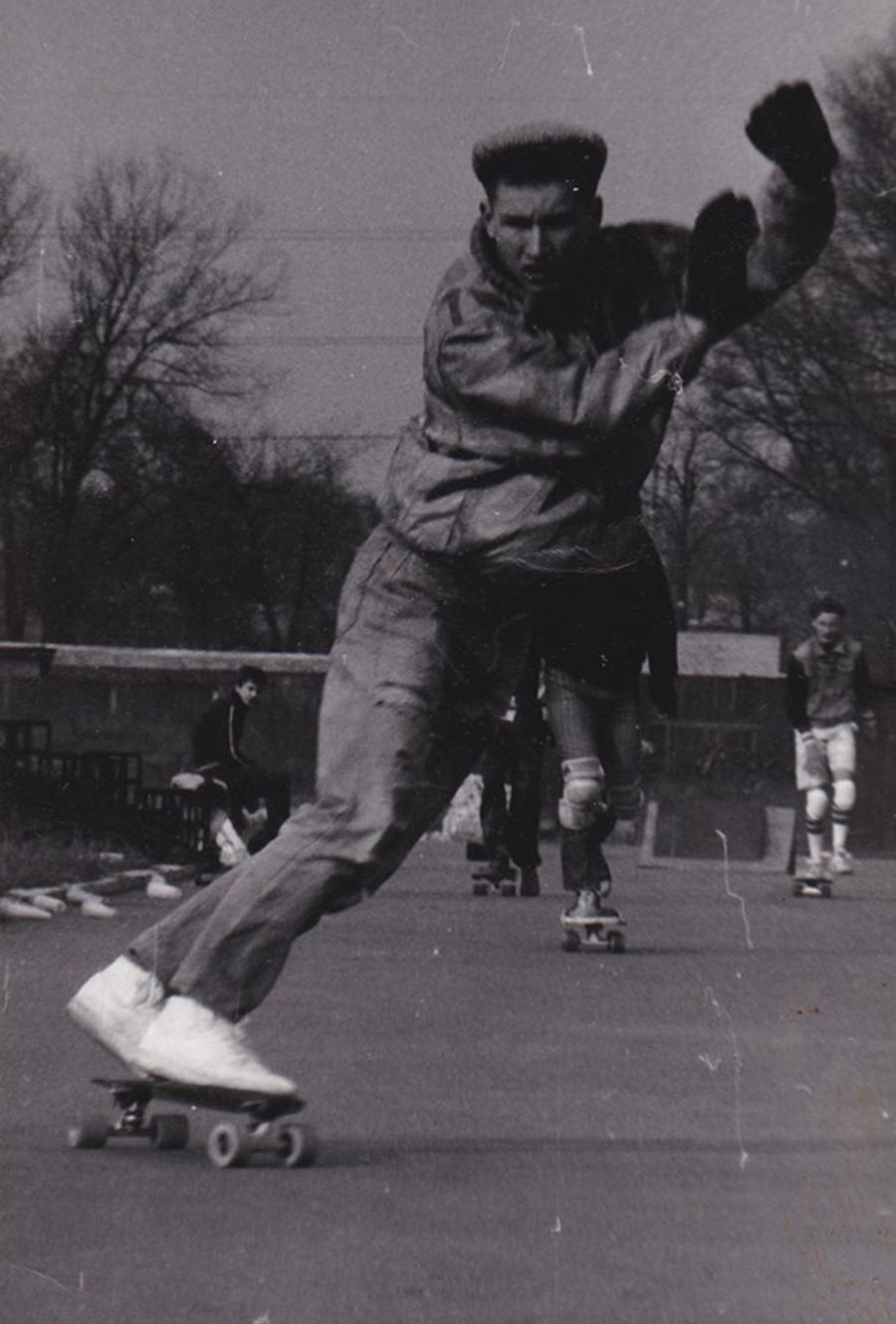
The only thing I remember seeing about Soviet skateboarding is that scene from the movie Courier. What was it like skating there?
Courier was the first movie where I saw skateboarding. Later skateboards started to appear in movies a lot more. The movie Primorskij Bulvar. (Seaside Boulevard) had the best skaters from USSR – Edzus Konošonoks and Gints Gailitis. Their goal was to show everything they could do. Hippy jumps and stuff. It was the quintessence of Soviet skateboarding till ‘88. That movie had it all. They got paid a lot too. They lived in a fancy hotel, lived like pros, but in the USSR.
For the majority though, skateboarding was simply moving through city space with a little bit of racket. So-called ‘Soviet Skate and Destroy.’ Dirty jeans and long hair. Listening to rock music.
What year did you get on a board?
I started in 1988, and there was still a solid Soviet regime. Three years until the collapse of the USSR and with Perestroika was on the rise, we started to get a bit more information about the outside world. It was starting to get a bit looser. The main discipline in skateboarding back then was slalom. It was an official sport in the USSR of the 3rd category. Many cities had skateboarding clubs. The highest concentration was in the Baltics: Estonia, Latvia, and partially Lithuania. A lot of small cities had clubs and enthusiasts.
According to some info, the first mini ramp in USSR was made in the Latvian city of Liepaja in 1984. The ramp had no flat bottom and was literally half of a pipe. Later, local and national competitions started to pop up and federations were organized. The Latvian and Russian federations even sent their athletes to Europe. They went to Czechoslovakia, Switzerland, and Poland. Some foreigners came here too.
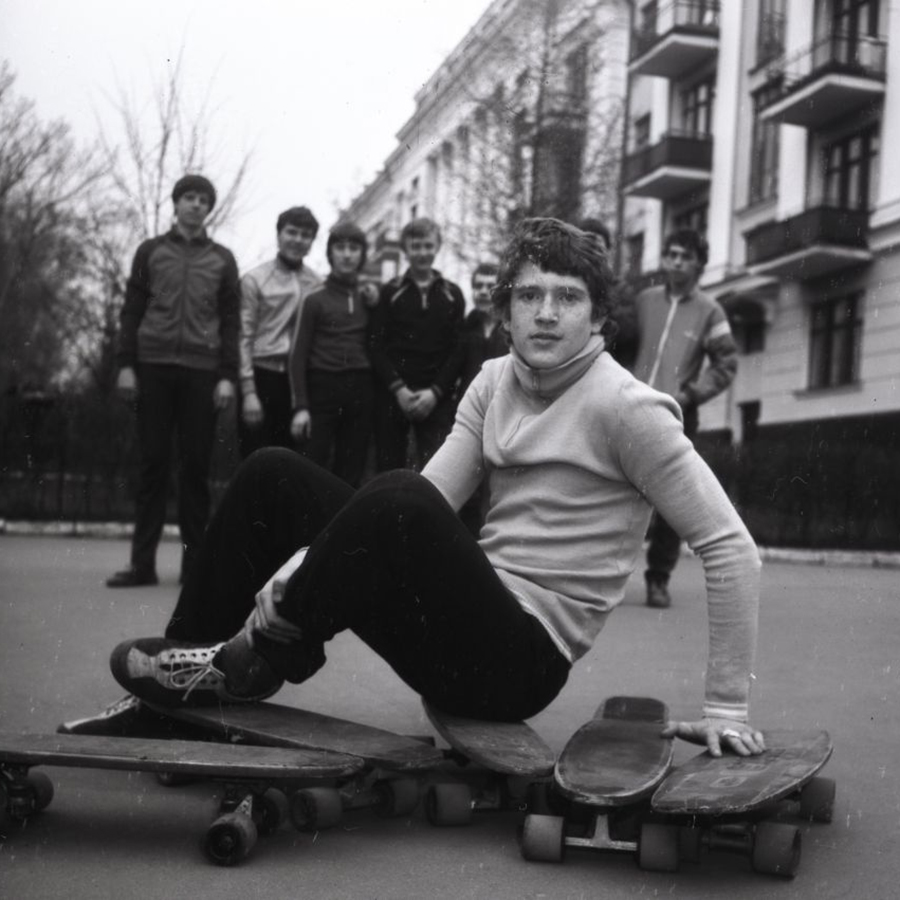
What about street skateboarding? Was it much of a thing back then?
Yes, in the second part of the ’80s street became a thing. Most people didn’t accept slalom so much. As for street, it was just skating around the city. Hit some stairs here and there. It was more people just relaxing outside with skateboards. It was mellow until we saw two movies in cinemas – Thrashin’ and Gleaming the Cube.
Wait a second, an American movie made it to USSR cinemas?
Yes, for some mysterious reason those two movies got a pass from the government and we saw them. These movies were shown in all Soviet cinemas during the period from ‘89 to ‘91. Thrashin’ was first, but not on such a massive scale. I think I saw it in the winter of ‘89. Gleaming the Cube got a lot more exposure. Everyone saw it. Without a doubt, these films had an immense influence.
A lot of people around the post-USSR countries admit that when they saw these movies, they understood what skateboarding was all about. It was the first time we saw what tricks looked like; what real boards looked like. They showed real pros we still see around. The tricks, the boards, everything we saw there was bonkers to us. Add Police Academy 4 to this with Bones Brigade and sparks flying out from the wheels and you get a bunch of Soviet kids searching for magnesium and sticking it to their boards.
We would watch these movies in cinemas more than once and would memorize key scenes, clothes, boards with all the stickers. Torn jeans, hightops, and fingerless gloves became the norm soon after. Soviet slalom stepped back, everybody wanted to skate street, do tricks, ride American fish-shaped board and of course ride vert ramps.

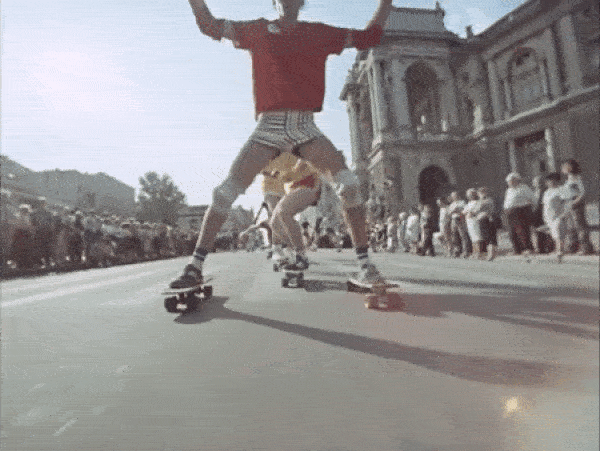

You mentioned a DIY section. Were people building their own equipment too?
Yes! The DIY boom is Soviet skateboarding was inevitable because the boards were sold as completes and it was impossible to get spare parts. If you broke one part you had to replace it with anything you had at your disposal.
Also, mass-produced boards were not advanced enough for the expanding requirements of skaters. Slalom guys needed better performance, and dudes who saw Gleaming the Cube wanted to shred the streets. All this led to DIY boards and other parts. People upgraded existing models, reshaped tails, changed parts. Some people made boards from scrap.
My friends not only did their own boards but went as far as pouring trucks and wheels. You could say it grew to small-batch manufacturing at some point. It all lasted until the mid-’90s because after the collapse of the Soviet Union it was impossible to buy any skate gear.
In that period, the DIY manufacturing really helped skateboarding survive. But the DIY era ended when the first skate shop in Moscow was opened. Also, the borders loosened up eventually and you could go abroad to places like Poland and buy Western brands.
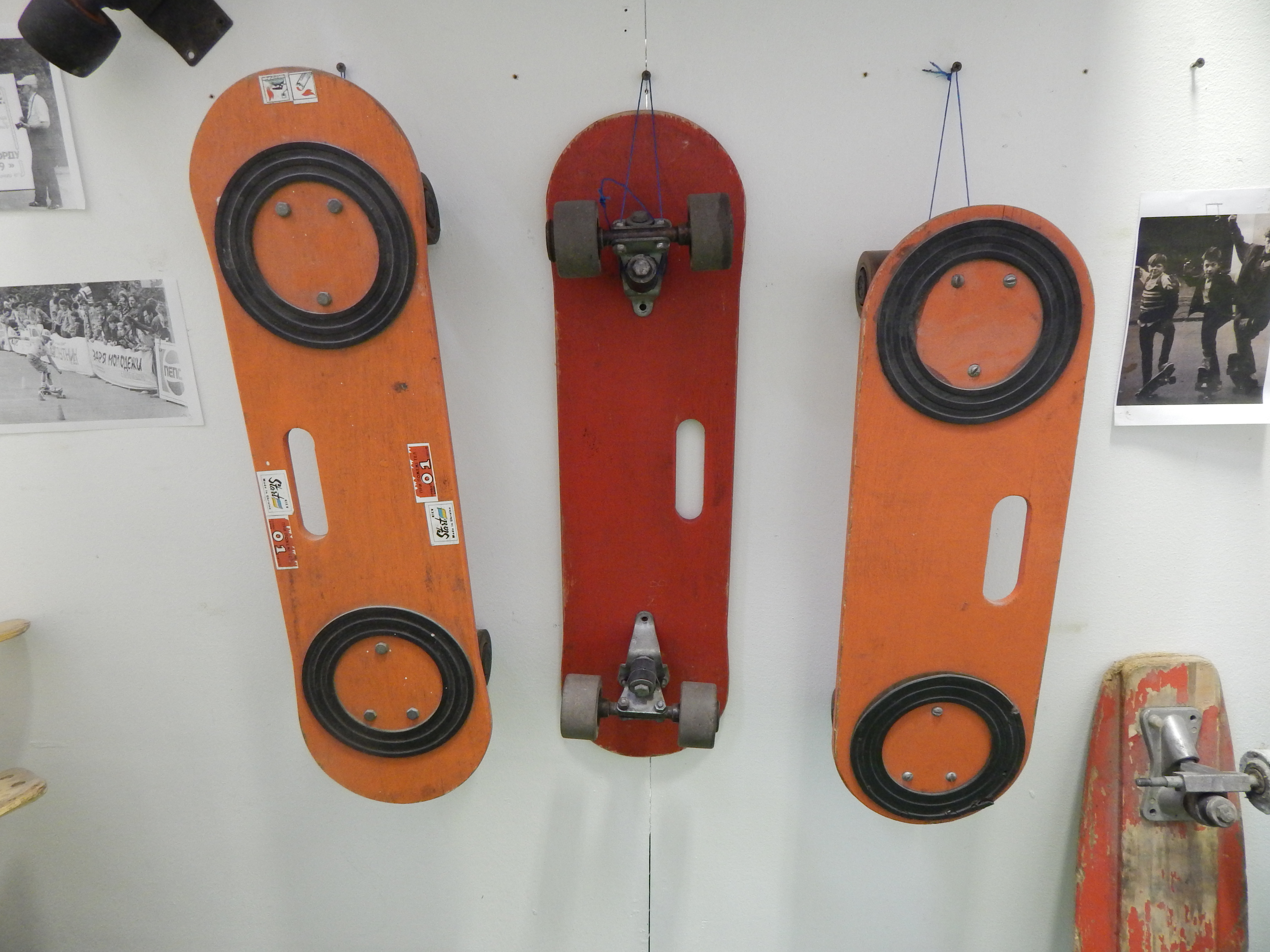
How did you find the boards you have in your museum? Are some pretty rare?
I slowly started to collect stuff, beginning with old boards I had. There were a lot of skaters back when I started, we were the second wave of Soviet skateboarding, so a lot of friends helped at first too. I spent countless hours in libraries and flea markets.
Now, there are more than 700 artifacts in the museum, 300 of which are boards. Some models are exclusive and difficult to find. For instance, the first Estonian RULA boards which were the first boards made in the USSR. Some skateboards were mass-produced, so it is not hard to find those. Others were more like prototype models and those are the ones I have to hunt for.
As far as I know, I am missing around four models of the USSR boards. I am constantly hunting for them. We have weird models too, where it is not clear what the person was thinking when making that board. Regarding world skateboarding, we have real factory manufactured skateboards, which we received as gifts from America. We have the first German skateboards, and first European ones too. It’s all original, and trust me, this stuff is not just lying around!
“We have weird models too, where it is not clear what the person was thinking when making that board.”
Why did you start collecting old Brazilian skateboards too?
The Brazilian section has a lot of artifacts, including the helmet of Bob Burnquist along with some of his early boards. The industry there also started developing in the ’50s, like in the U.S. However, due to economic difficulties Brazil could not import American goods. Therefore they made everything themselves. Boards, shoes, media, and all. I happened to meet one Brazilian skateboarder along the way and I was fascinated by that process. It seemed similar to how skateboarding developed in the USSR, without much input from the U.S. scene.
Later when I visited Brazil with an exhibition I fully felt how deeply in love with skateboarding Brazilians are. Skateboarding is loved in Brazil as much as football. As I learned more about the Brazilian scene and got some donations from the veterans it was a no brainer to make a Brazilian corner in the museum.
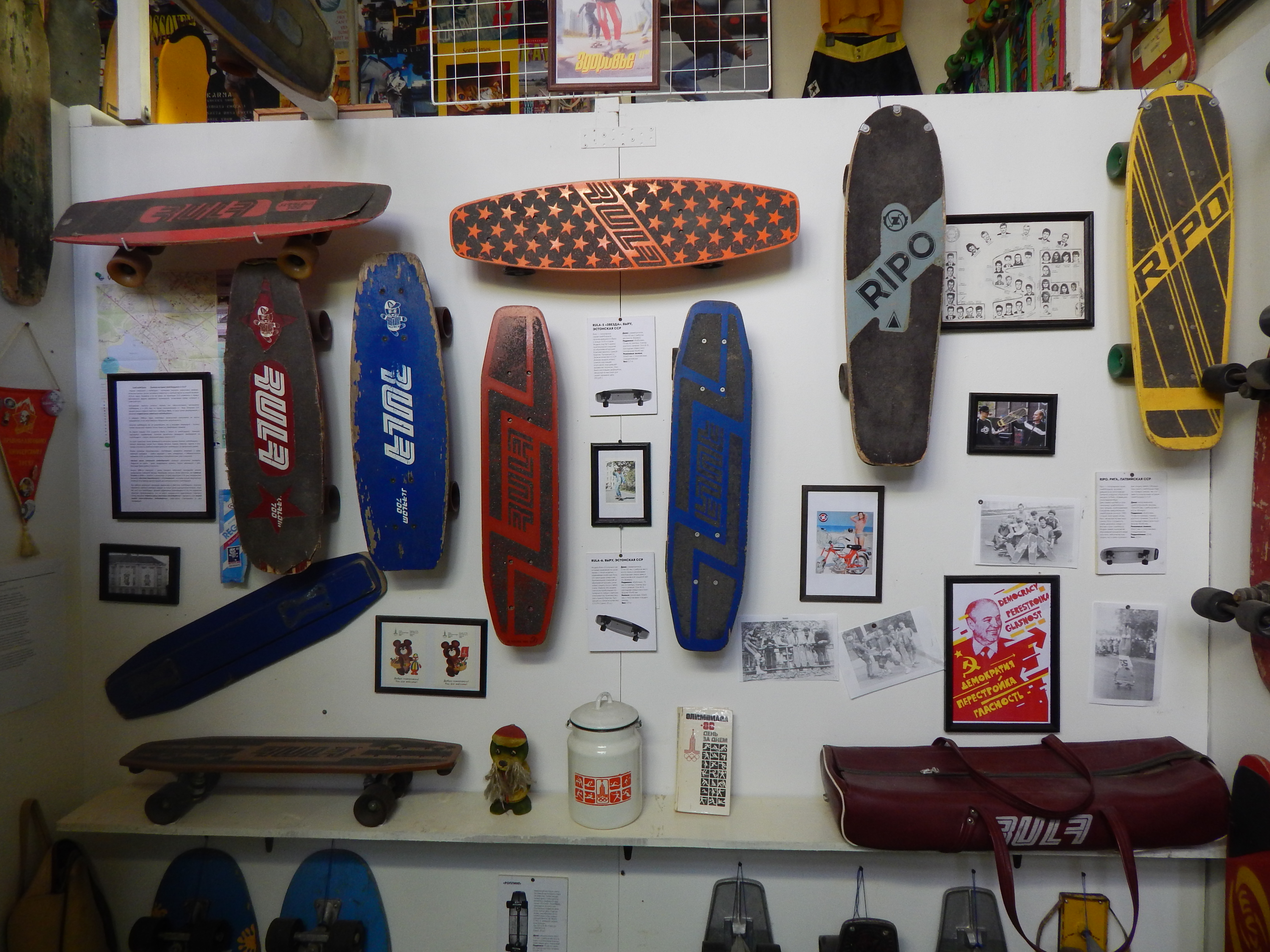
I’m sure many of our readers can’t visit, either because they’re far away or due to the pandemic. Are you doing online tours or is there any way to check out the museum and support the project remotely?
The museum is always open, but we focus more on private tours with a prior sign up. Usually, the museum is a specific destination for people who visit Minsk. People in Europe are often aware of it before they come to Minsk.
I host private tours and make each one unique. I base my tours on what the person knows about skateboarding. I am afraid an online tour wouldn’t give people the same emotions and feelings. You can touch the artifacts, feel the smell, and the aura of the place.
How is the museum holding up during the pandemic?
In our country, the quarantine is not officially proclaimed, but people still don’t visit the museum. We don’t have any tax breaks or lower rent, so the times are really hard right now. If anybody is ready to help the museum and support with a donation you can do it here to [email protected].
Related Posts
Comments
Popular
-
 RECONTEXTUALIZING ZAK ANDERS, ONE OF TODAY’S MOST MYSTIFYING SKATERS
RECONTEXTUALIZING ZAK ANDERS, ONE OF TODAY’S MOST MYSTIFYING SKATERS
"I don’t want to be this brutal punk that hates everything that people like, and I’m trying really hard to undo that."
-
 RARELY SEEN PHOTOS FROM READ AND DESTROY, THE BELOVED BRITISH SKATE MAG
RARELY SEEN PHOTOS FROM READ AND DESTROY, THE BELOVED BRITISH SKATE MAG
Check out early documentation of London's Southbank, vert ramps tucked into Lord of the Rings-level forests, and everything in between.
-
 NAVIGATING SKATING’S HIGHS AND LOWS WITH MATT MILITANO
NAVIGATING SKATING’S HIGHS AND LOWS WITH MATT MILITANO
Over coffee and cigarettes Matt talks prank shows, ABDs and his love for the VX.
-
 A CHAT WITH LUDVIG HAKANSSON, THE OLDEST SOUL IN SKATEBOARDING
A CHAT WITH LUDVIG HAKANSSON, THE OLDEST SOUL IN SKATEBOARDING
The man loves to read Nietzche, skates in some expensive vintage gear, and paints in his own neoclassical-meets-abstract-expressionist style.
-
 MEET THE SEATTLE ARTIST WHO DESIGNED A BACON ’N EGGS INSPIRED SKATEPARK
MEET THE SEATTLE ARTIST WHO DESIGNED A BACON ’N EGGS INSPIRED SKATEPARK
Breakfast-obsessed skaters rejoice!


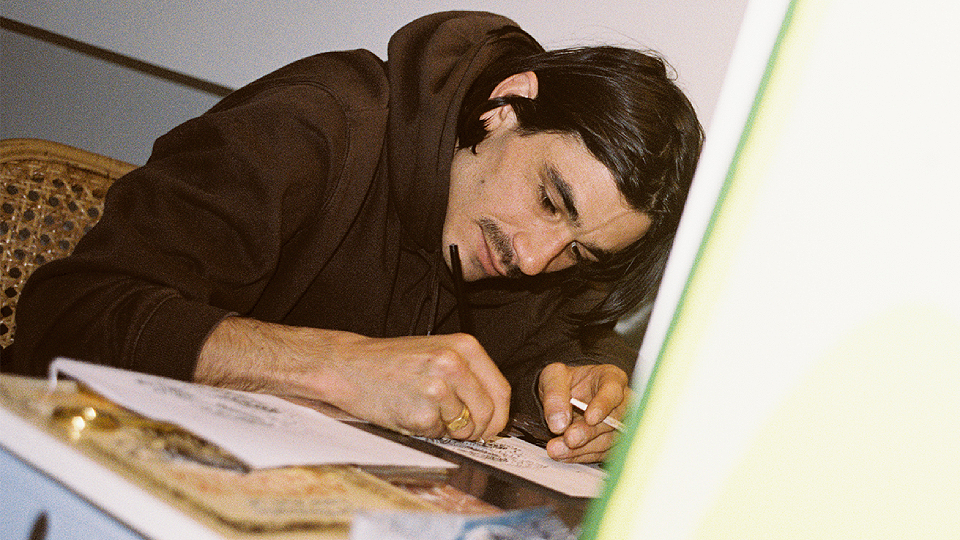
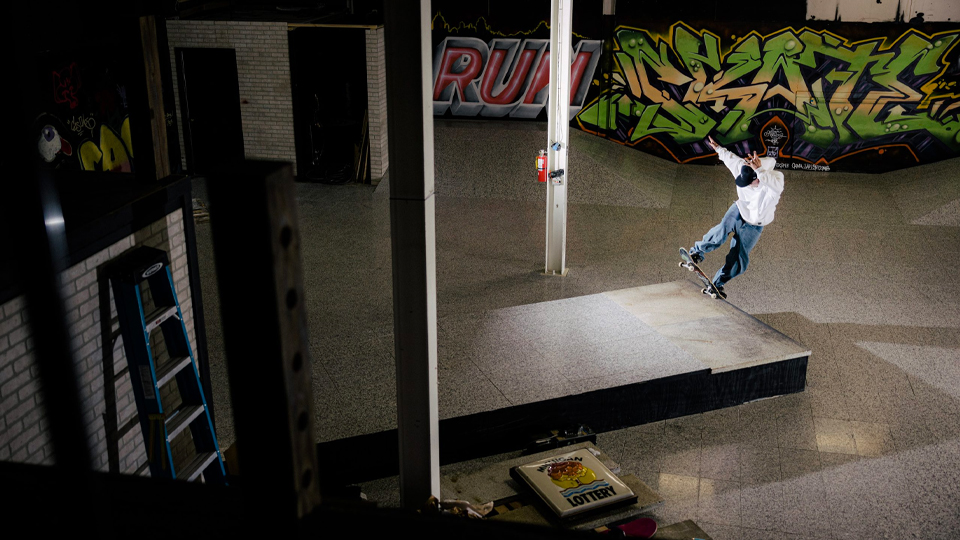
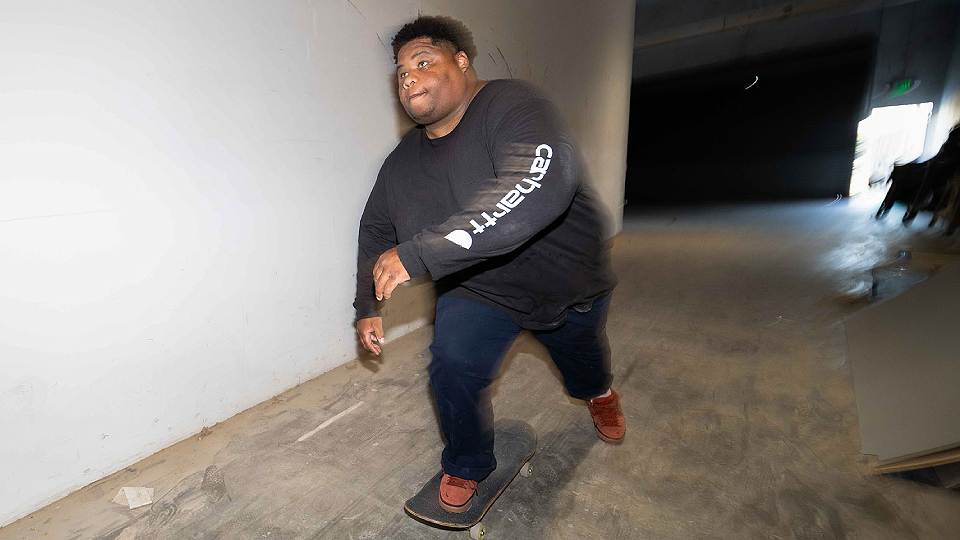
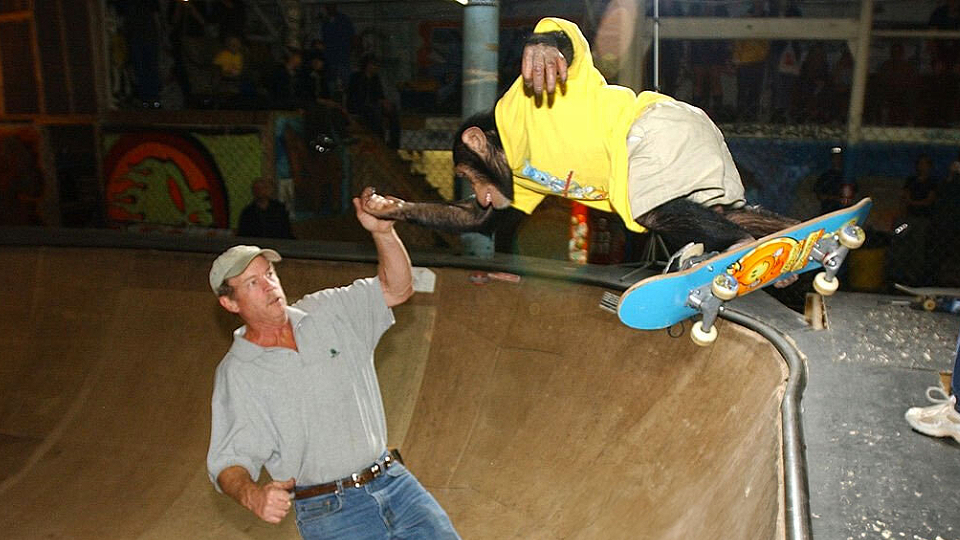
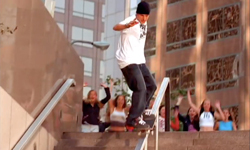
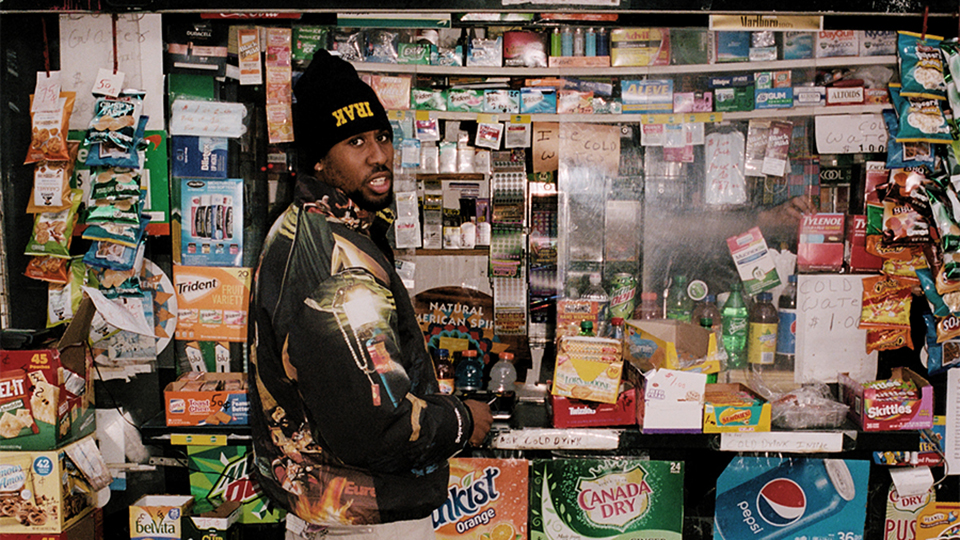
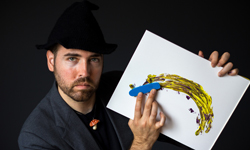
June 9, 2020 1:03 pm
This was great!!!
June 10, 2020 12:05 pm
Really cool piece. In the late 80’s early 90’s Thrasher did a piece on going to Russia. Really cool to think that other stuff was going on kind of separately to the evolution of American skateboarding.
June 15, 2020 5:31 pm
Latvia def didn’t have the best edu in the world…that was SLOVAKIA bro!
THAT DUDE ROMAN ON PRIMITIVE WENT THERE
August 13, 2021 2:18 am
Welcome everyone ! I’m Preston Singh.
Even though I jokingly credit my mother for my writing talent, I know that it is a talent I have fostered from childhood. Though my mother is a writer, I also started out young.
I’ve always had a way with words, according to my favorite teacher . I was always so excited in English when we had to do a research paper .
Now, I help current pupils achieve the grades that have always come easily to me. It is my way of giving back to schools because I understand the obstacles they must overcome to graduate.
Preston – Professional Writer – studentenkamerbrugge.comCorp